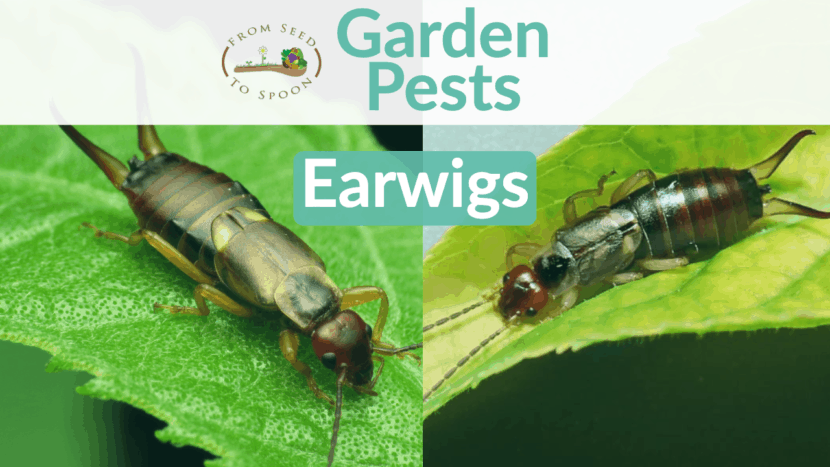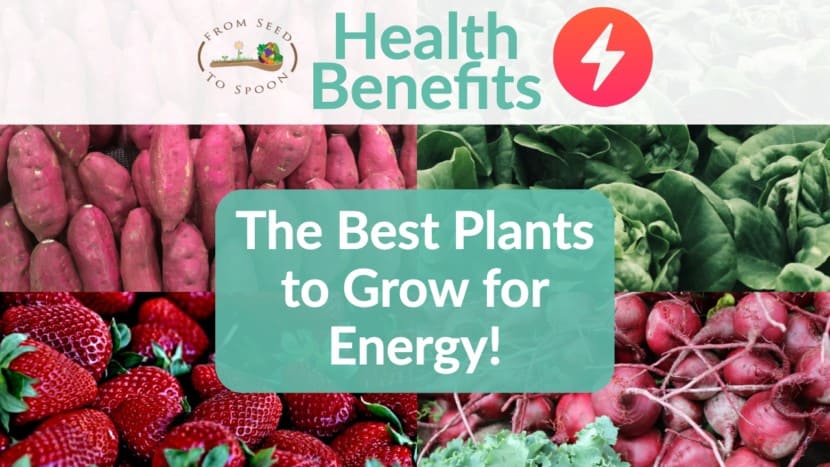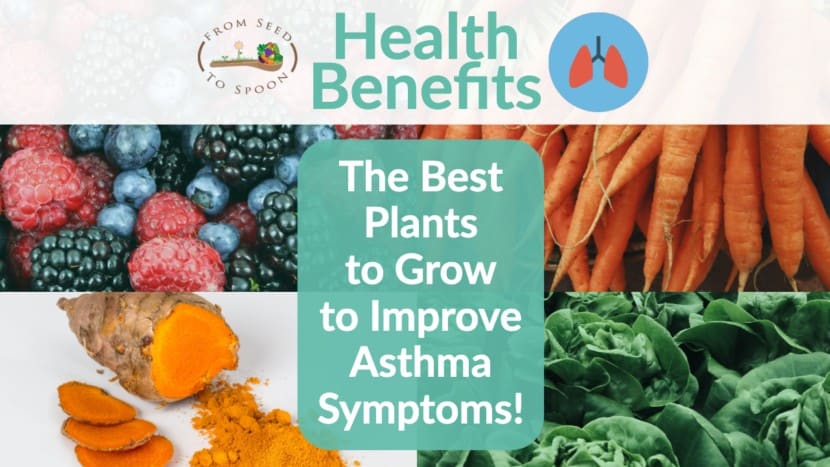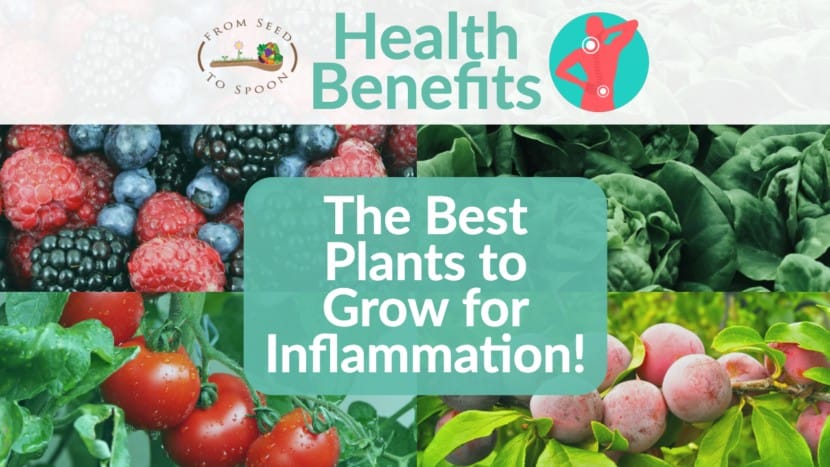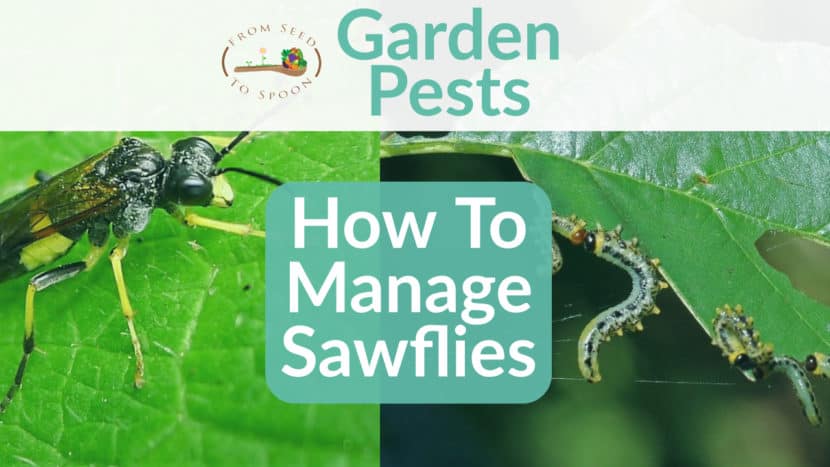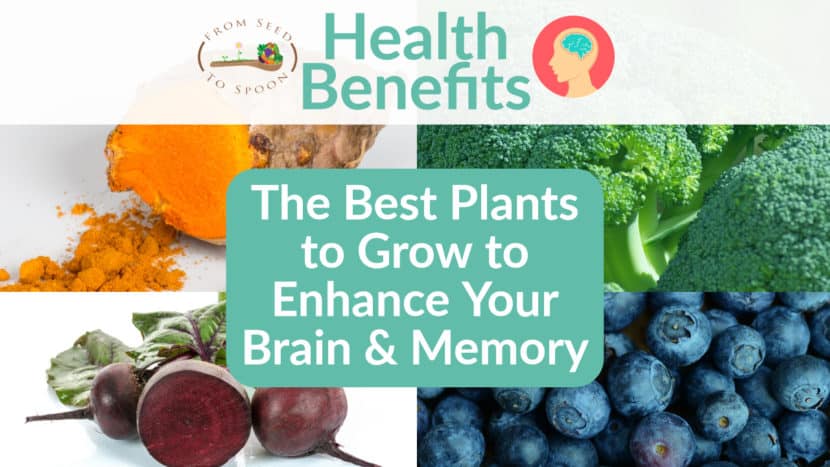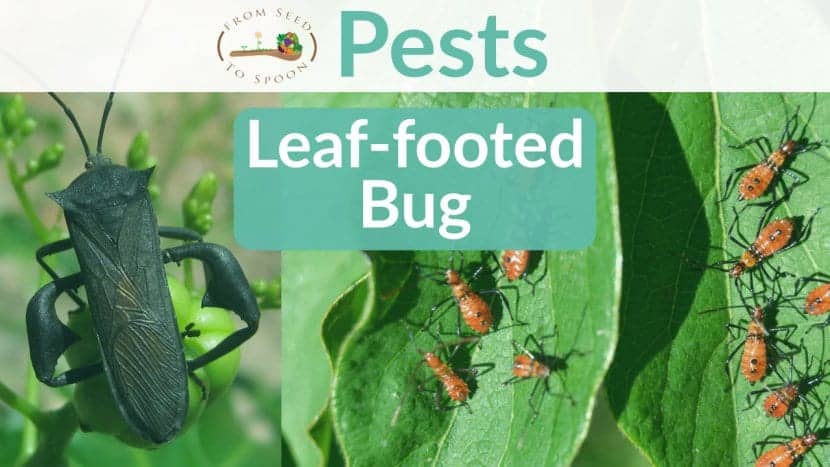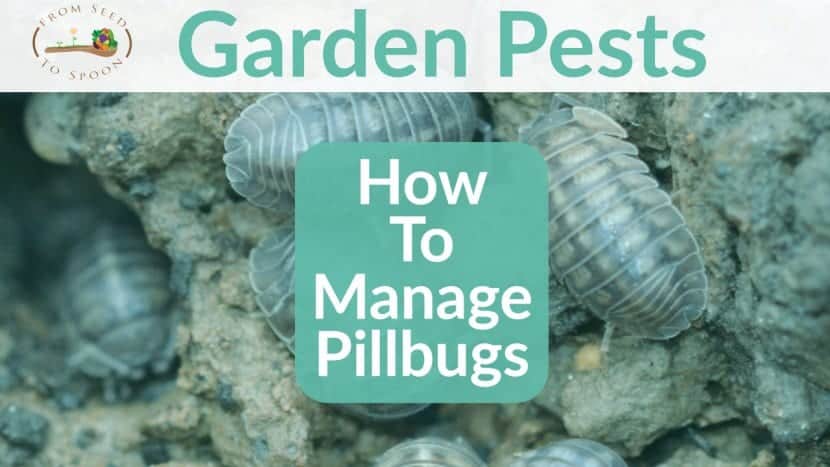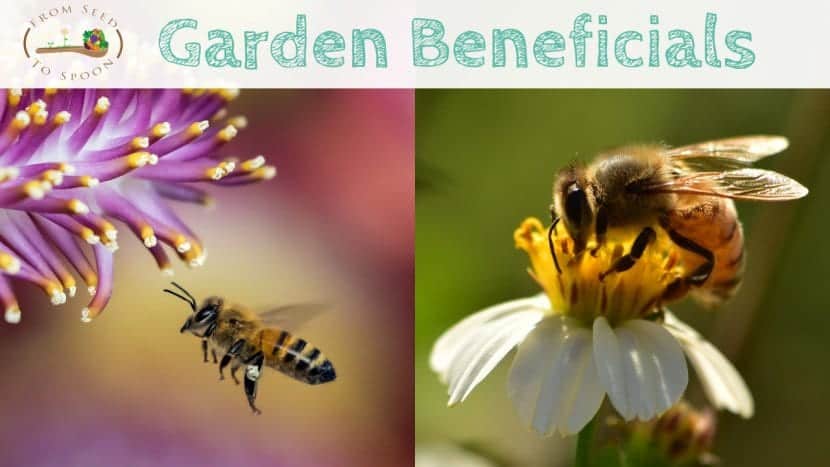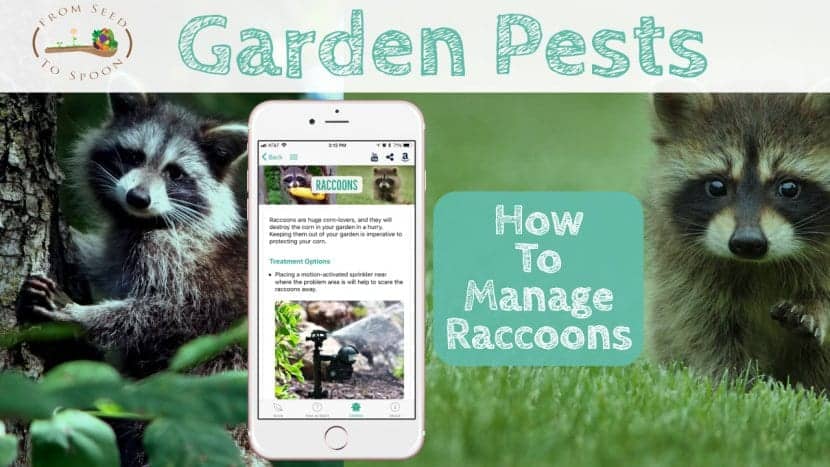How to Manage Earwigs!
The most characteristic feature of this fast-moving reddish-brown to black insect is the pair of approximately an inch long pincers at the tip of a long abdomen. Earwigs thrive in tight, dark, moist places such as under stones, in mulch, soil, (compost & vermicompost bins), and anywhere there is an accumulation of plant debris.

